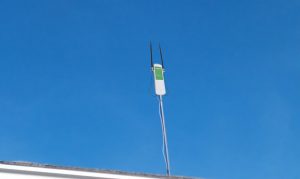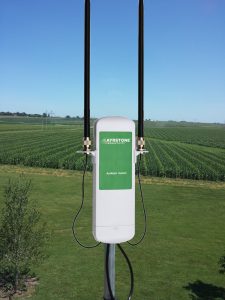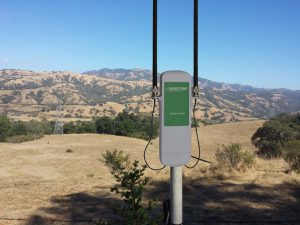
This is a bit of a departure from our other blog posts – I like to talk mostly about up-to-the minute practical stuff you can start using right away. Today, however, I’m going to point out some upcoming technology trends that appear to have no connection to farming, but I think will end up being profoundly useful.
WiFi 6
WiFi 6 is the new marketing name for 802.11ax, the next generation WiFi standard. Briefly, we have seen 802.11b (2.4 GHz only, WEP security which did not turn out to be secure at all, up to 11 Mbps), 802.11a (similar to b, but on 5.8 GHz and up to 54 Mbps), 802.11g (2.4 GHz. with OFDM for up to 54 Mbps and WPA for real security), 802.11n (dual-band with MIMO for greater bandwidth and range and even better security with WPA2 – this is what the AyrMesh Hub2 series is based on – now re-named “WiFi 4”), and 802.11ac (also called “WiFi 5” – 5.8 GHz only with fallback to 802.11n for 2.4 GHz, with MU-MIMO at the access point to optimize bandwidth to more devices and wider channels to increase bandwidth over short range – not useful at all for long-range outdoor use).
802.11ax brings several improvements to WiFi that I think are important:
- OFDMA and 1024-QAM modulation for greater bandwidth through the same channel bandwidth. For maximum range (given statutory limitations in total output power) you want to use the narrowest channel bandwidth possible. This allows us to push more data through the same channel bandwidth.
- Breaking the channels into smaller pieces to make OFDMA work, called “Resource Units” or “RUs.” This also opens the possibility of using fewer RUs to create even narrower channels for longer-range, lower-bandwidth connections, similar to LPWAN networks like 802.15.4 (Zigbee, Threads, etc.) or LoRa.
- Target Wake Time (TWT) – this is a trick borrowed from 802.11ah and LPWAN systems – it allows devices to sleep efficiently and coordinate with access points to shorten the amount of time the radio has to be on, drastically reducing the amount of power required, especially for devices that are transmitting small amounts of data at sporadic intervals (e.g. sensors and other IoT devices).
- Download and upload MU-MIMO – maximizing the bandwidth between the AP and the client in both directions (not just transmitting from the AP to the client).
Taken together, these improvements in WiFi 6 will improve on-farm WiFi in two important ways:
- Increasing the bandwidth available (through OFDMA and MU-MIMO) – just making everything faster and increasing the value of the network overall.
- Being able to use the WiFi network as a low-bandwidth network like Zigbee or LoRa with battery-operated sensors and actuators, so a grower would only need a single wireless network for all their needs.
Now, the truth is that you can use your WiFi network for sensors and actuators today, and devices like the Espressif ESP-32 make that relatively easy and very inexpensive. But it still takes a lot more power to use a WiFi radio than, for instance, a Zigbee or LoRa radio, so you must have either much larger batteries or some form of external power (e.g. solar panels) for WiFi.
WiFi 6 should overcome these shortcomings, which makes us very excited about it. The 802.11ax standard has just been ratified by the IEEE, and we are seeing indoor equipment already available. As more specialized 802.11ax equipment becomes available (especially high-power products and products analogous to the ESP32) we will be watching very closely.
Edge Computing
As I think everyone has seen, all data is now going to “the cloud” – servers on the Internet. This is generally a good thing – I want to make sure all the data I am going to need in the future is safely stored in a class 5 data center that’s not going to fail.
But there are two primary places this paradigm files: one is for cases where ANY latency (delay between sending a request to the server and getting a reply) will slow down operations, and the other is where Internet access is slow, intermittent, or not present. Both of these conditions apply to farming: low latency is vital for enabling farm machinery autonomy, and, despite all the talk about it, rural Internet connectivity is still, generally, awful.
At the same time, we are seeing the next generation of processors for mobile devices coming out that have higher performance than the “top-end” CPUs of a few years ago, while consuming tiny amounts of power. Since they dissipate so little power, they can be housed in more sturdy enclosures requiring little or no air circulation – in other words, deployable on the farm!
I can easily imagine a “farm server” that comes in a small, sturdy box that you plug into the wall and connect to your router and that provides services like:
- Security- monitoring and recording scenes from cameras on your property, alerting you to events happening on the farm, turning lights on and off, and even locking and unlocking doors and gates.
- Monitoring and automation – checking and storing readings on sensors, using rules to automate operations (starting an irrigation system, filling tanks, alerting when a grain bin or hay bale is too warm).
- Communications – providing connection services for VOIP and/or messaging apps on phones.
- Autonomy – providing coordination to autonomous vehicles operating in your fields.
This approach also has the advantage of increasing the grower’s control over data – it can stay on the farm’s server, be backed up to “the cloud,” or backed up the old way (to USB sticks, for instance).
Autonomy
I have alluded to this a few times in this article, but, living here in Silicon Valley, I see autonomous cars creeping around on public roads all the time. The problems of enabling autonomous vehicles on the farm are DIFFERENT, but not WORSE, than running autonomous cars on public roads.
The first problem is one of functional safety – ensuring that farm equipment is inherently safe. Very simply, farm equipment is dangerous, and a 50,000-lb. combine churning through a field or a sprayer buzzing along at 25 MPH constitute real threats to anything that gets in front of them.
However, LIDAR, RADAR, stereoscopic cameras, and other technologies can help machines “see” their environment very effectively, and the prices of those technologies (and the computing power to effectively combine their inputs in real time) is coming down dramtically. We are seeing some very interesting, practical examples in startup firms (GUSS, Swarmfarm, SmartAg, DOT), and we expect to see a lot more coming.
Conclusion
As I said at the beginning, this post is about stuff that’s not directly applicable to farming, but probably will be soon. Ten years ago I could have written about how smartphones will change life in farming, and a lot of people would have laughed at me. Now I don’t know anyone who doesn’t go out without a smartphone. What will be next?

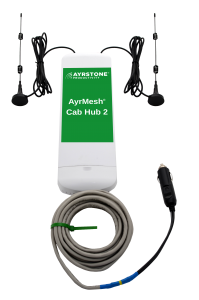
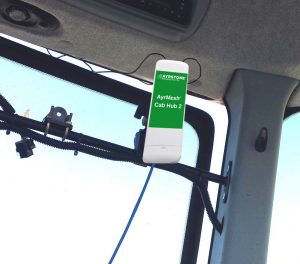
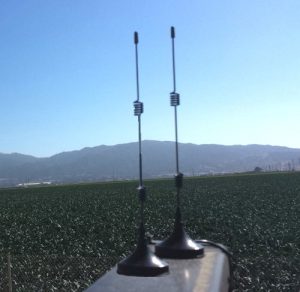
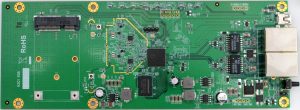
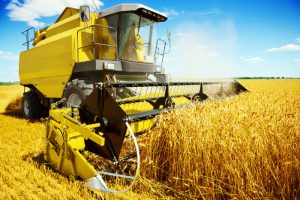

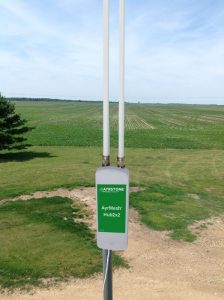
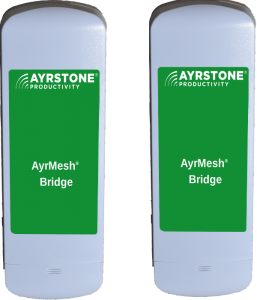
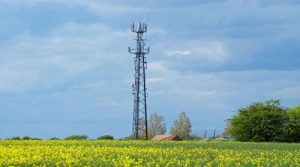 One of the things that concerns us most at Ayrstone is the issue of broadband Internet connectivity in the Rural U.S.
One of the things that concerns us most at Ayrstone is the issue of broadband Internet connectivity in the Rural U.S. Whitespace
Whitespace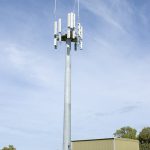 Cellular – 5G
Cellular – 5G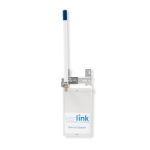 LPWAN
LPWAN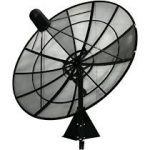 Other Fixed Wireless
Other Fixed Wireless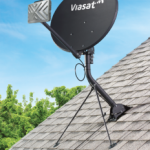 Satellite
Satellite Wires and Fiber
Wires and Fiber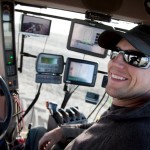 There is an image of farming – bucolic, peaceful, unfettered by the concerns of the technological age. It’s lovely, and many of us indulge it to some degree… but it is patently false. Agriculture is an industry moving quickly on the technology curve as markets demand more, higher-quality, and cheaper food and grains. Specialized implements, higher-horsepower machines, GPS steering, variable rate planting and spraying, and the cellphone have all had an impact on farm productivity. But that’s not all.
There is an image of farming – bucolic, peaceful, unfettered by the concerns of the technological age. It’s lovely, and many of us indulge it to some degree… but it is patently false. Agriculture is an industry moving quickly on the technology curve as markets demand more, higher-quality, and cheaper food and grains. Specialized implements, higher-horsepower machines, GPS steering, variable rate planting and spraying, and the cellphone have all had an impact on farm productivity. But that’s not all.
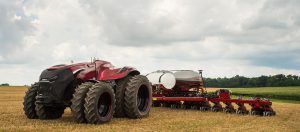
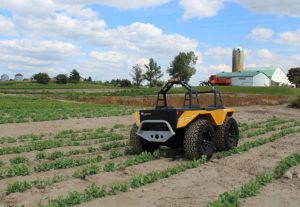
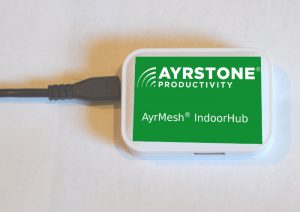 We are pleased to introduce the new
We are pleased to introduce the new 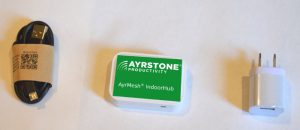
 The new AyrMesh Hub2x2
The new AyrMesh Hub2x2